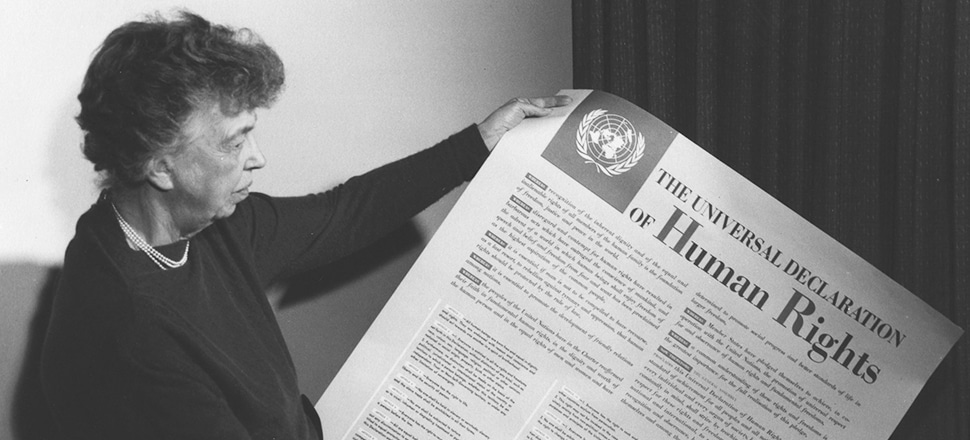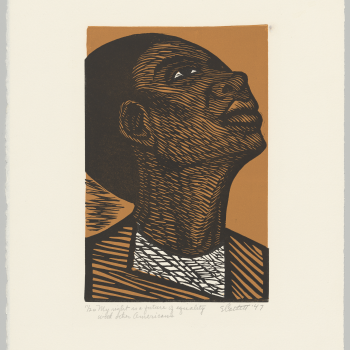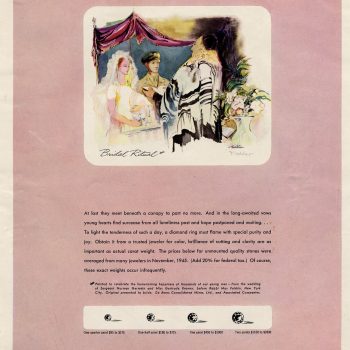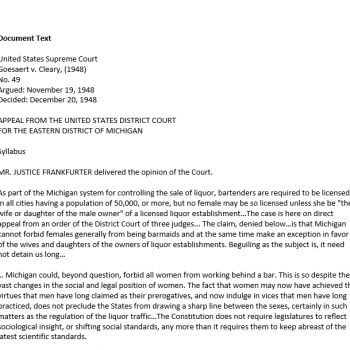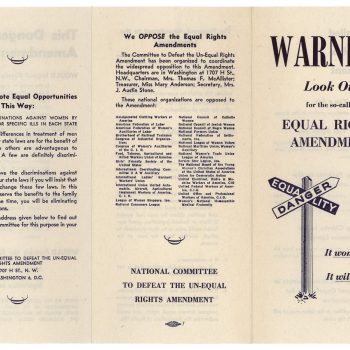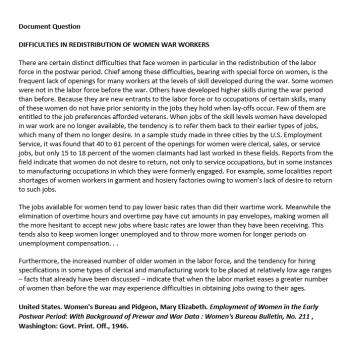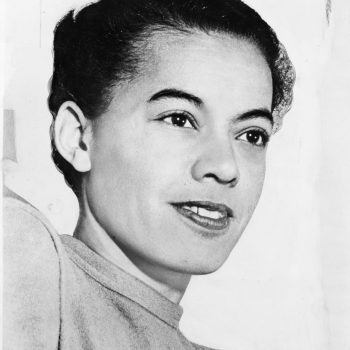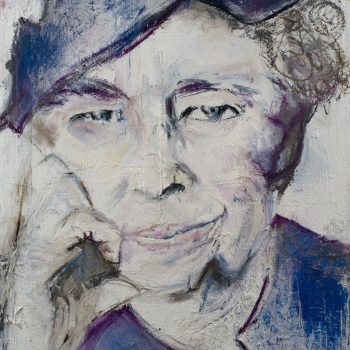Key Ideas
1. As men returned from fighting in the war, women left the workforce and married in massive numbers.
2. The return to peacetime reinforced domestic ideals and commitments to protective legislation.
3. Despite these domestic ideals, women did not forget their wartime experiences and pursued greater opportunities outside the home.
4. Woman leaders in government and the arts promoted new standards for human and civil rights and set examples for activists to come.
Introduction
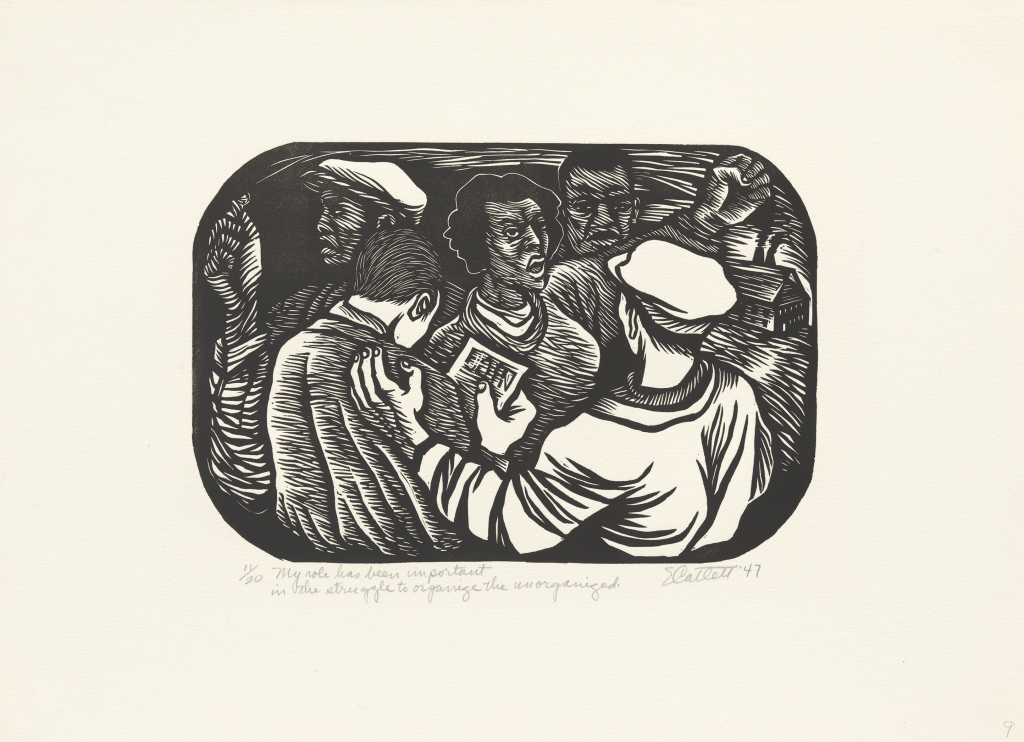
Elizabeth Catlett, artist, My role has been important in the struggle to organize the unorganized, 1947. Collection of the Smithsonian National Museum of African American History and Culture, Gift of Winifred Hervey. © Catlett Mora Family Trust/Licensed by VAGA at Artists Rights Society (ARS), NY.
Post-War
As the United States eased into post-war life, the reality of what it meant to be a woman in the mid-20th century set in.
The war had provided women with a range of newfound freedoms and opportunities. But as men returned home from military service, circumstances changed. Women left the workforce– voluntarily and begrudgingly – in massive numbers. Marriage rates increased, as did birthrates, within a few years.
The changes for women were not just practical readjustments to men’s reentry into the workplace and the home. They reflected a return to societal expectations that were put on hold at the start of the war. The home had remained important to American society during World War II, but now women were expected to gladly reclaim their place within it (just as men were expected to eagerly return to work). This notion was reinforced by government policies that upheld the belief that women needed protection. Even the Equal Rights Amendment lost momentum when an unprecedented number of women’s organizations fought against it in favor of protective legislation.
But women did not easily forget their wartime achievements. Role models like Eleanor Roosevelt and Pauli Murray ardently advocated for equality and human rights. The war prepared American women to question traditional roles in the decades to come.
Section Essential Questions
1. What were the immediate impacts of the end of the war and the return of demobilized men?
2. How was demobilization used to reinforce traditional ideals about womanhood and domesticity?
3. What opportunities did women fight to maintain in the post-war world?
4. What challenges did women face as they entered the 1950s?


